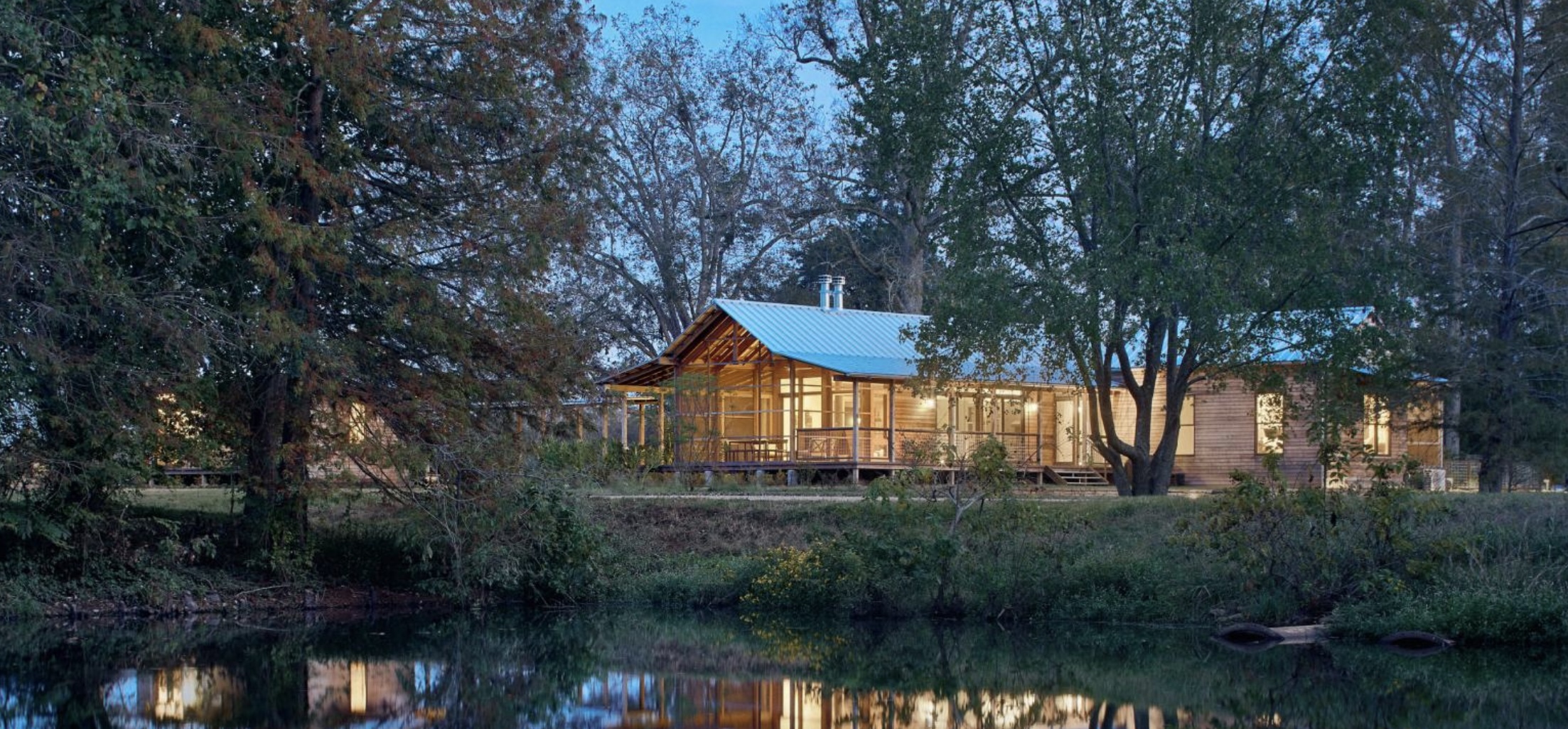
What is the future of practical technologies that make design easier, as well as the future of how architecture is made? Can large language models (LLMs) transform materials specification for the better? For the greener? Does empathy differentiate humans from machines? Does it matter? How will future technologies change the studio culture of firms? What does craft mean these days, anyway? These and other questions are up for debate this year at Design Forum XVI (Apr. 5-6, in Richmond) under the banner of “[Un]Certainty: Reflections on Craft at the Cyber Frontier.”
Ted Flato, FAIA, of Lake|Flato, the 2024 AIA Gold Medal recipients, has a few answers to those questions—and more. ”The topic of this year’s Design Forum is great,” he says, “and for me, it’s about making buildings, and the camaraderie that architecture and craft can create. Some of these speakers are great friends.” Here’s a preview of some of the things he’ll raise at Design Forum XVI.
Inform: How do you frame technology and craft as mutually beneficial dimensions of design?
TF: Architecture is a technological field and it’s forever trying to leverage science to elevate what we do. For David Lake and I, that began when we worked at an architect’s office in San Antonio, and that’s where craft began for us. O’Neil Ford was the guy in Texas who, early on, established a brand of modernism rooted in regionalism. Our first projects as a firm, Lake Flato, were in the country—and we like to say that style took a back seat. We really had to focus on materials and what we call “ranch technology,” or building with fewer things and adapting to dramatic changes in weather. Remote locations meant you couldn’t afford to ignore local craft.
Inform: How did that dual pursuit between regionalism and technology help you scale up as a firm?
TF: We were able to hone the science of what was intuitive environmentalism, and we became more purposeful about it—going deeper in our analyses, and we wanted our buildings to perform well. We’d always be asking about new opportunities—and building systems became a focus for us, too, as we established our firm. Now, today, for us—we’re still looking at systems like mass timber or prefabricated systems.
Inform: What are you working on now with mass timber?
TF: One of the more recent mass timber projects we’ve done—and we’ve done them in hotels and office buildings and university buildings—but the latest one that was joyful for me, personally, was working on O’Neil Ford’s Trinity University. He did it in a modern method or style in the beginning because it was less expensive, and as the campus evolved—and it’s a kind of Louis Kahn modernism, as brick buildings—we renovated a couple of his original buildings, and added a new one to the campus. They were “lift-slab” rather than “tilt-wall” and it means you could free-up the corners, which was a wonderful opportunity for us. So, mass timber made the most amount of sense.
Inform: How did working in that margin between technology and craft influence your residential portfolio?
TF: Smarter, better, easier, cheaper—those were the things we’ve been trying to explore in our residential portfolio. We started something called the “porch house,” or projects in remote locations designed as a series of rooms, creating less conditioned indoor space and more opportunities to be outdoors, and we developed a prefabricated system that allowed us to do that—ordering some bedrooms and some living rooms and connecting them using these “porches.”
| Flato has a lot more to say, so don’t miss out! Join him and a blue-ribbon group of panelists including Billie Tsien, AIA, of Tod Willams Billie Tsien Architects; Rick Joy of Studio Rick Joy; and Dwayne Oyler, co-founder of Oyler Wu Collaborative at this year’s Design Forum XVI (Apr. 5-6) focused on “[Un]Certainty: Reflections on Craft at the Cyber Frontier” at the Institute for Contemporary Art at VCU in Richmond. Register now! |
William Richards is a writer and editorial consultant based in Washington, D.C. From 2007 to 2011, he was the Editor-in-Chief of Inform Magazine.
